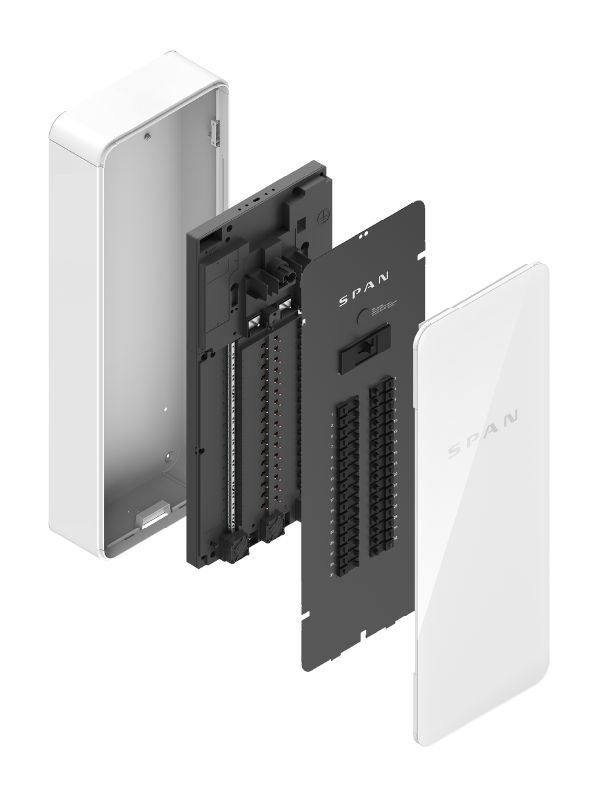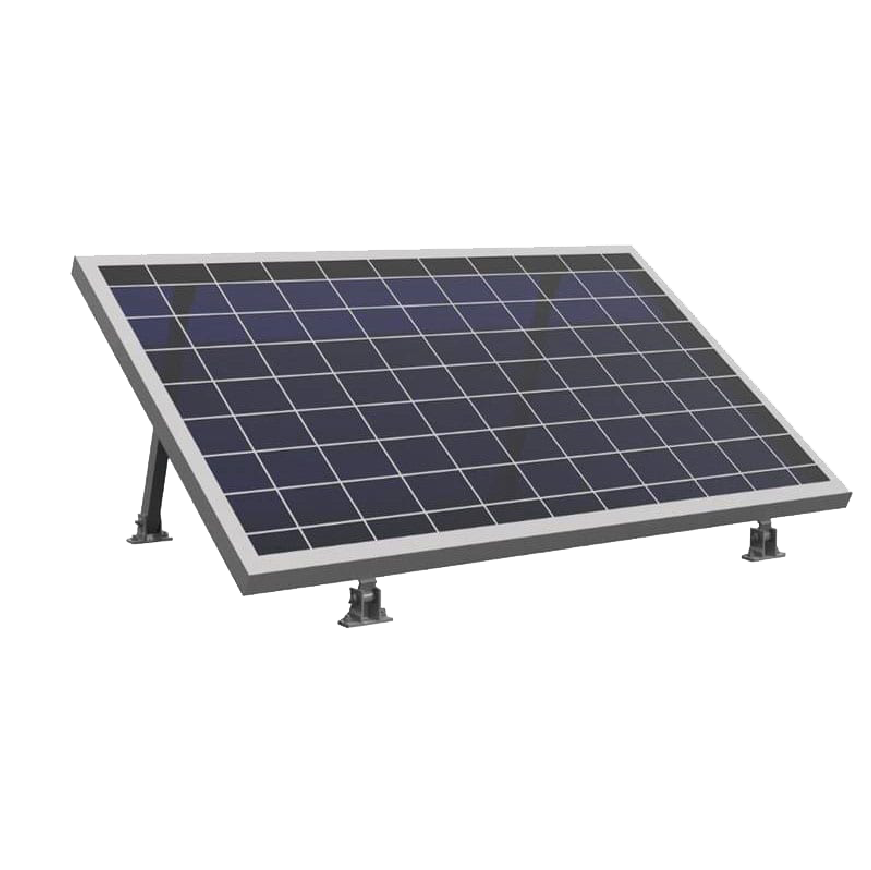Your driveway, your power station
Your driveway, your power station

EV Chargers
Correct Sizing and Load Assessment
Milk can assess your home’s electrical panel and recommend the appropriate size of the charger and circuit (typically 20–50 amps), ensuring it doesn’t overload your system. They can evaluate your current electrical capacity and determine if upgrades, such as a higher amperage service panel, are needed to safely handle the load.
Safety and Compliance
Electrical Code Compliance: We are knowledgeable about local building codes and electrical codes. They will ensure the installation meets these standards, reducing the risk of electrical hazards, fire, or system malfunctions.
Proper Grounding and Wiring: Ensuring the charger is grounded properly and connected to the correct circuit is crucial for safety. An incorrect setup could result in potential electrical hazards or damage to your vehicle.
Resale Value and Peace of Mind
Increased Property Value: Having professionally installed electrical systems, especially if noted in home inspection reports, can improve your home’s resale value and attractiveness to buyers.
Reduced Liability: Proper installation reduces your liability if an electrical issue arises, protecting your family, guests, and property

Services
Milk provides several types of EV Charger installations and repairs services. Here are a few listed below.
Level 1 Charger Installation
These chargers use a standard household outlet. Slow charging speed (typically adds 2–5 miles of range per hour). No additional installation needed, as long as there’s an outlet.
Level 2 Charger Installations
Faster charging, adding 10–60 miles of range per hour. Requires professional installation of a 240V outlet (similar to those for clothes dryers or electric ranges). This is the most common choice for home EV owners.
Key Considerations
Power Requirements: Level 2 chargers usually require a dedicated 240V circuit. The amperage of the circuit (usually 20–50 amps) will determine the speed of charging.
Installation: Level 2 chargers may require electrical upgrades to ensure your home can handle the load, including permits for installation.
Smart Features: Some home EV chargers come with app integrations, allowing users to track charging progress, schedule charges during off-peak hours, or monitor energy consumption.
The Future of Energy Control Starts Here
SPAN offers advanced power management solutions for residential homes, focusing on smart electrical panels and energy management systems. Their flagship product, the SPAN Panel, replaces traditional electrical panels, providing homeowners with enhanced control and visibility over their home’s energy usage.

Reliable Power, When You Need It
The Franklin Battery Backup is part of the Franklin Home Power system, offering a robust solution for whole-home energy storage. It uses the aPower battery unit, which stores energy from various sources like solar, the grid, or even electric vehicles

The power of the sun, one panel at a time


FAQ's
Here are some frequently asked questions to think about. If you have any questions, give us a call. Milk is here to help.
What is the difference between Level 1 and Level 2 home EV chargers
Level 1 chargers use a standard 120V outlet, and they are the slowest option, providing about 2–5 miles of range per hour of charging.
Level 2 chargers use a 240V outlet and are much faster, typically providing 10–60 miles of range per hour, depending on the charger and vehicle. Level 2 chargers require professional installation of a dedicated 240V circuit.
Is it safe to charge my EV overnight at home
Yes, it is safe to charge your EV overnight as long as your charger is properly installed and the vehicle is in good condition. Most EVs and chargers have built-in safety features, such as temperature monitoring and circuit protection, to ensure safe charging
What if I have multiple EVs at home
If you have more than one electric vehicle, you can either install multiple chargers or opt for a dual-port charger that can charge two vehicles at once. However, keep in mind that charging two vehicles simultaneously will divide the available power, which may slow the charging speed.


It's Time For The Reviews


